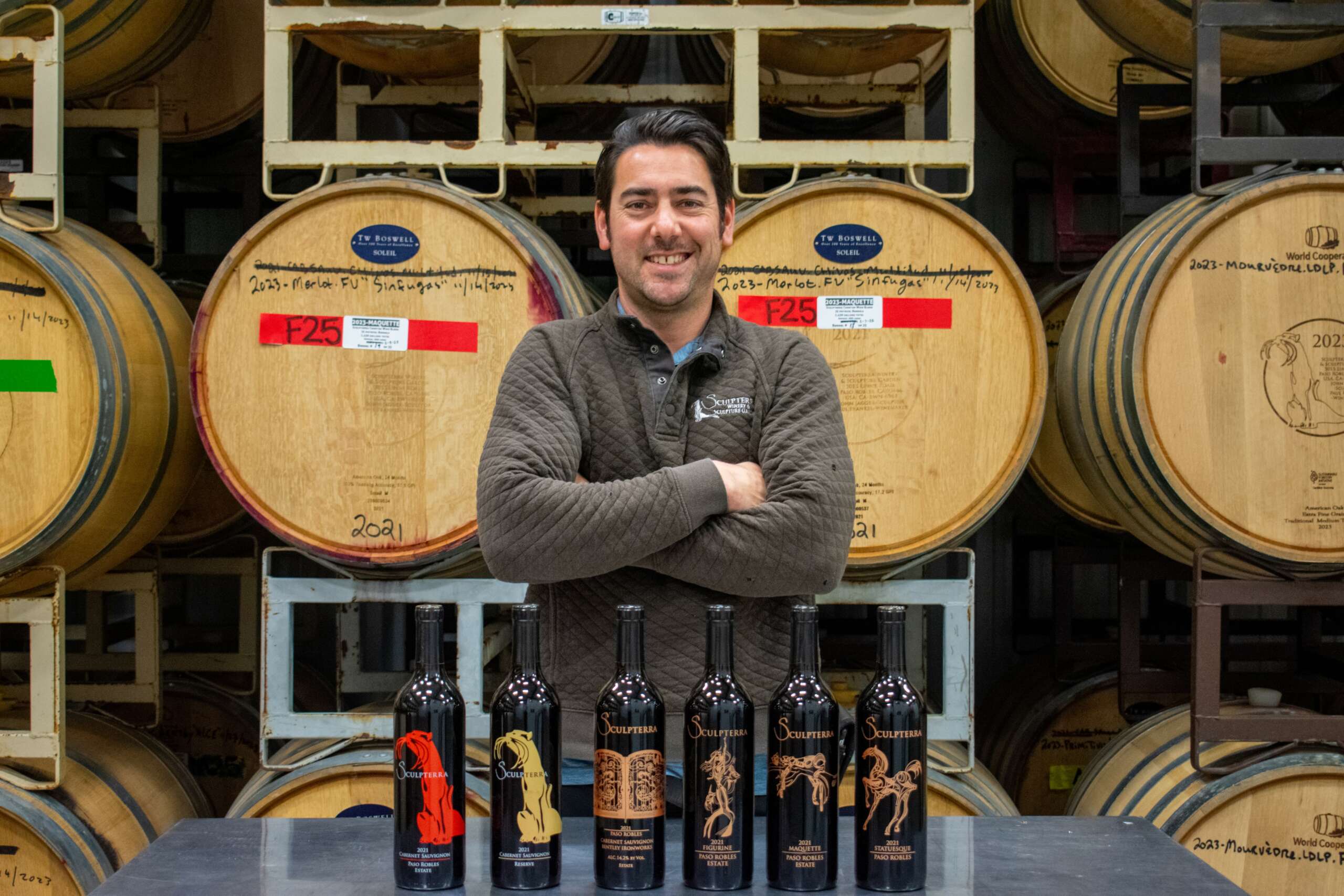Alright – so today we’ve got the honor of introducing you to Paul Frankel. We think you’ll enjoy our conversation, we’ve shared it below.
Alright, Paul thanks for taking the time to share your stories and insights with us today. How did you scale up? What were the strategies, tactics, meaningful moments, twists/turns, obstacles, mistakes along the way? The world needs to hear more realistic, actionable stories about this critical part of the business building journey. Tell us your scaling up story – bring us along so we can understand what it was like making the decisions you had, implementing the strategies/tactics etc.
First off, thanks for allowing me to share my story. I love our family-run business, making wine, and seeing excited customers when they visit our tasting room and winery in beautiful Paso Robles, California. It’s certainly not been easy, but it’s very rewarding. It’s been a wild journey these 17 years, and I’ve grown up along the way! Scaling up is about taking risks, producing more than you current needs, and projecting your production for 3-5 years down the road. In winemaking you produce a product that needs to age, and most of the time the product you make today will not be on the market for 2-3 years, so planning is a BIG deal in this industry.
My father and I run this business as a team, and he pushes me daily to see the “big picture,” looking towards the future ad to be prepared for our rise in popularity. It comes back to investing everything you have, everything you earn back into the business. If we had a good year of sales, then we would invest those earnings back into our employees, our production, and our future! You have to be “All In,” you have to believe in your future, and you have to work hard every day; yes, you are correct – this success does not happen overnight. I feel we were at the right place at the right time when we opened in 2007. We’ve been blessed to do what we are doing, and my faith has grown.
Let me back up a bit…it all started when my father, Dr. Frankel, a local Family Doctor, decided to transform our family-owned vineyard and grape-selling business into a tasting room, sculpture garden, and producing wines from our own grapes. My Dad had a BIG vision! He brought something completely new and different to the Paso Robles area by incorporating a sculpture garden theme for our tasting room. John Jagger, the artist who constructed the sculptures, is a family friend and was hired to work at our site building these massive bronze and granite sculptures. The concept was unique and very new in the local wine country. Again, I applaud my dad for his vision; almost 20 years later, our tasting room is one of the busiest in the area because we offer something that no one else has!
We started scaling up in 2012 when I created “Héroe Wines,” an alternate label dedicated to the unsung, hard-working vineyard and winery workers. Héroe wines are value wines and are sold primarily at wine shops, wine bars, restaurants, and grocery stores. The label tells a story and grabs your attention. Again, we have to produce the product to have it available. It sounds simple, but we took a lot of risks producing a new brand that no one had heard of.
Again, my father believed in my ability to make the wine, and he knew if we made the product, it would sell! People ask me when I decided to be a winemaker, and honestly, I can’t tell them the time, the day, or the moment when I decided to run the show. Yes, I graduated college with a Bachelor’s degree in winemaking and grape growing, but it comes down to just doing the work that needs to be done every day, from the beginning our business opened till the present day. I think that is also part of the scaling up. We simply just did it; we took the risk to produce more and to believe that we had something special to share.
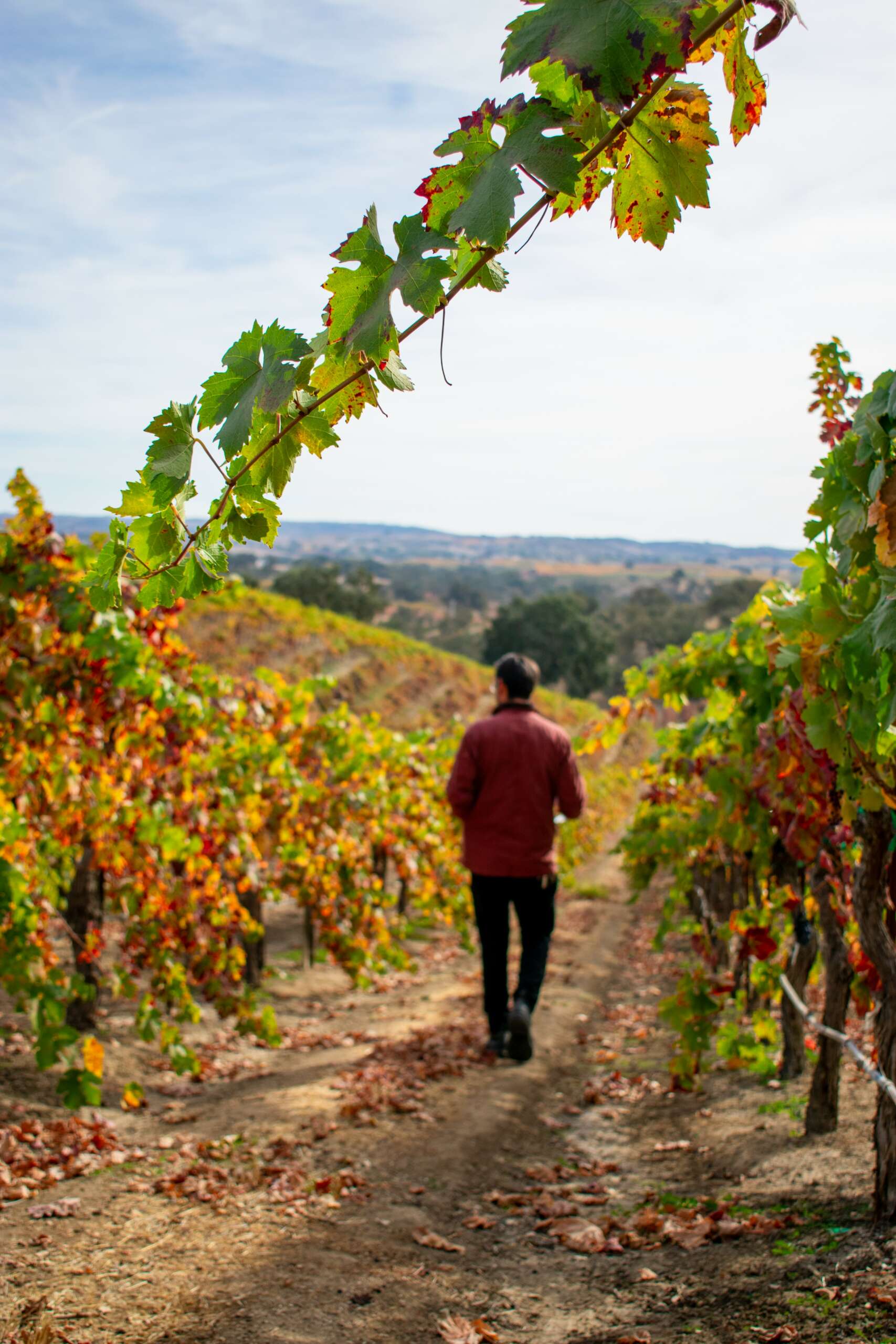
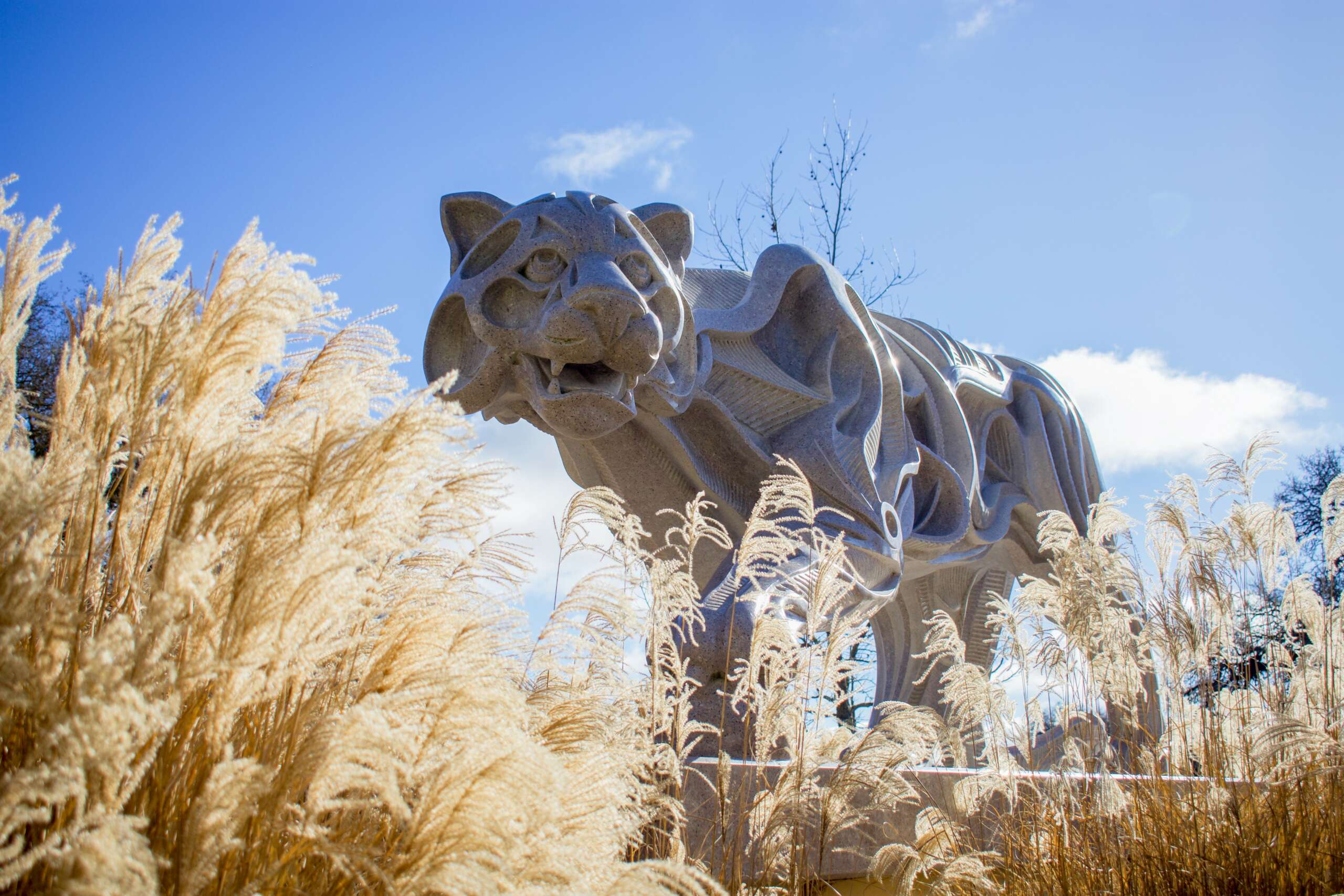
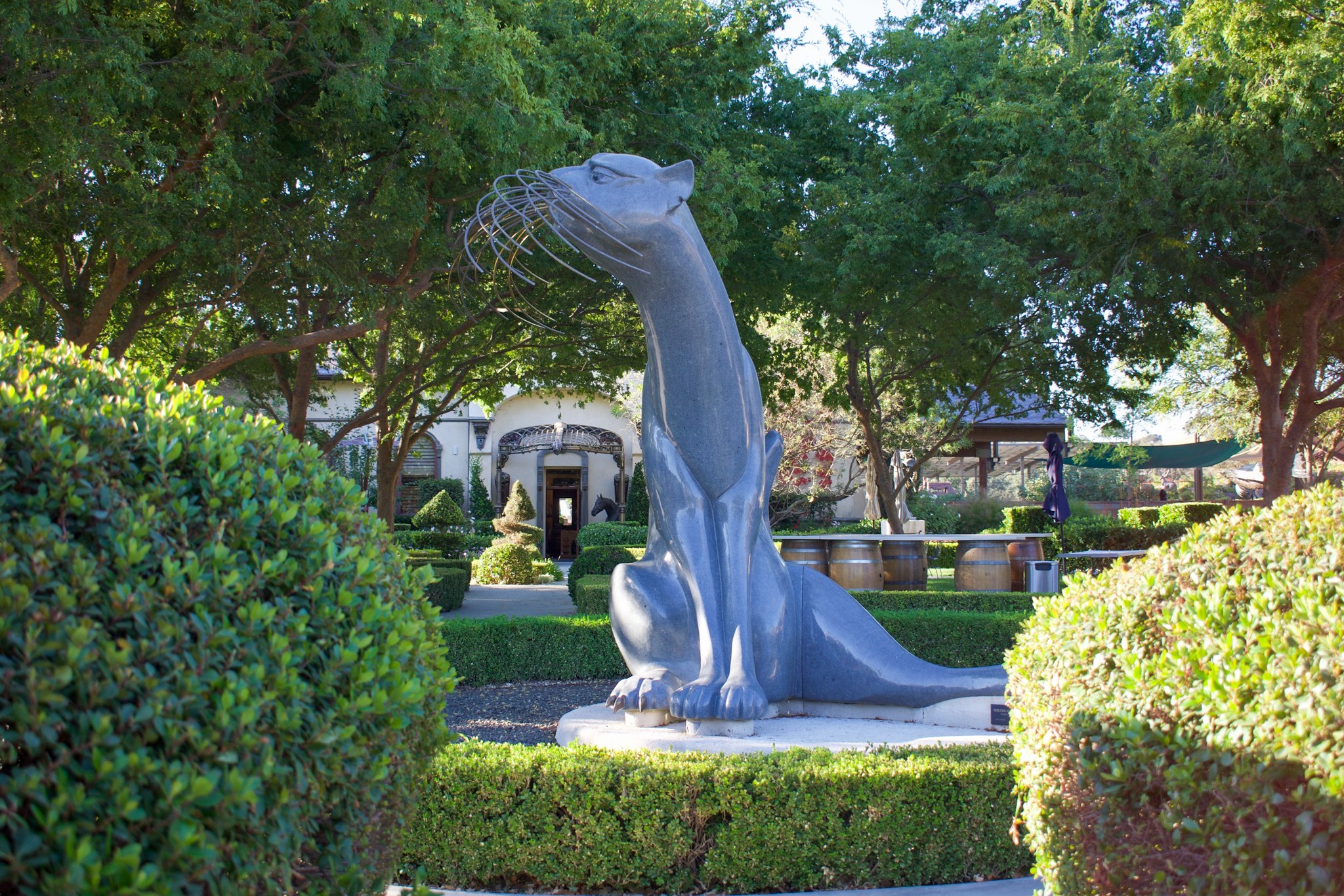
As always, we appreciate you sharing your insights and we’ve got a few more questions for you, but before we get to all of that can you take a minute to introduce yourself and give our readers some of your back background and context?
My name is Paul Frankel, and I am the winemaker at Sculpterra Winery. My parents own the land, vineyard, and winery, and we plan to keep the business in our family, passing it down through the generations. My own son Abraham, who is now ten years old, loves to be a part of it too! Abraham helps me with every harvest and winemaking, and he has a bright future in this industry. It’s an amazing feeling to work with your family, making a product that you all truly love. My parents got started when they had their children in Los Angeles, California. Their desire was to move out of a big city and find a peaceful piece of property for horse riding and simple farming. My father moved his medical practice up to the central coast, and the transition was complete. My Dad planted Pistachio trees right away, beginning in 1979 with 20 acres across the creek on the back side of the property, then a few years later planted more on a neighboring section. The first wine grapes were planted by my dad in 1993, and we sold our grapes to wineries all over the state. Early on, my dad’s desire was to plant wine grapes on the land, but he was told that Paso Robles was too cold and we would lose the crop to a late spring frost every year. By the mid-1990s, the sentiment in Paso Robles had changed, and many farmers had transitioned their lands from cattle grazing to wine grape production. Now, Paso Robles is world-famous for its wines!
Sculpterra Winery and Sculpture Garden opened in 2007, and we are now one of the busiest tasting rooms on the Central Coast of California. Our wine portfolio has it all! I produce whites, reds, blends, and dessert wines. We are open for tasting every day and can accommodate small and large groups. We host weddings, private parties, wine club functions, and big festivals on the weekends. Our best sellers are Viognier, Pinot Noir, Primitivo, Cabernet Sauvignon, and unique red blends that feature a neat sculpture name and silk-screened image. Our sculpture garden and tasting room, surrounded by the rolling hills vineyard, attract people to visit us. The iron embellished gates, dazzling gardens, art wall, and uniquely placed sculptures set us apart as one-of-a-kind and different. It’s a beautiful place to visit. The wine keeps them coming back for more.
I grew up on the property, and I tell people that I had the best childhood possible. I spent my time outside, exploring around the land and learning first-hand what it means to grow grapes. I witnessed and helped my father in all aspects of the ranch, from planting to harvest, and I was involved every step of the way! I’ve always loved working with my hands and seeing science in action. I learned early on that the weather is the key factor in farming and winemaking; that’s why we have good years and great years here in Paso. It was obvious to me that I would take on running the vineyard someday, so I went to Cal Poly State University in San Luis Obispo to study Viticulture and Enology. I ended up doing three working internships for wineries in the area, including making the Cal Poly wines and making the Sculpterra wines as the assistant winemaker. My father hired a winemaker in the early years to produce our wines; neither he nor I thought that I would take over the winemaking until 2007. My first official vintage going solo was at the young age of 21 years old during the harvest of 2008 when I produced 20 tons of various wines, and I loved it! From that point forward, I took over as winemaker, and now I oversee the production of 350 tons annually.
Problem-solving is something I find myself doing each day as a winemaker. Winemaking is super involved and requires quick thinking and decision-making. I am proud that I live here on the land and have control of harvest timing and scheduling for all wine-making operations. It makes a huge difference when you live in the vineyard and winery every day and make adjustments as needed. I think our wines taste pure, fresh, and vibrant because I take the time to look after each process, truly making the best wines possible from the land.
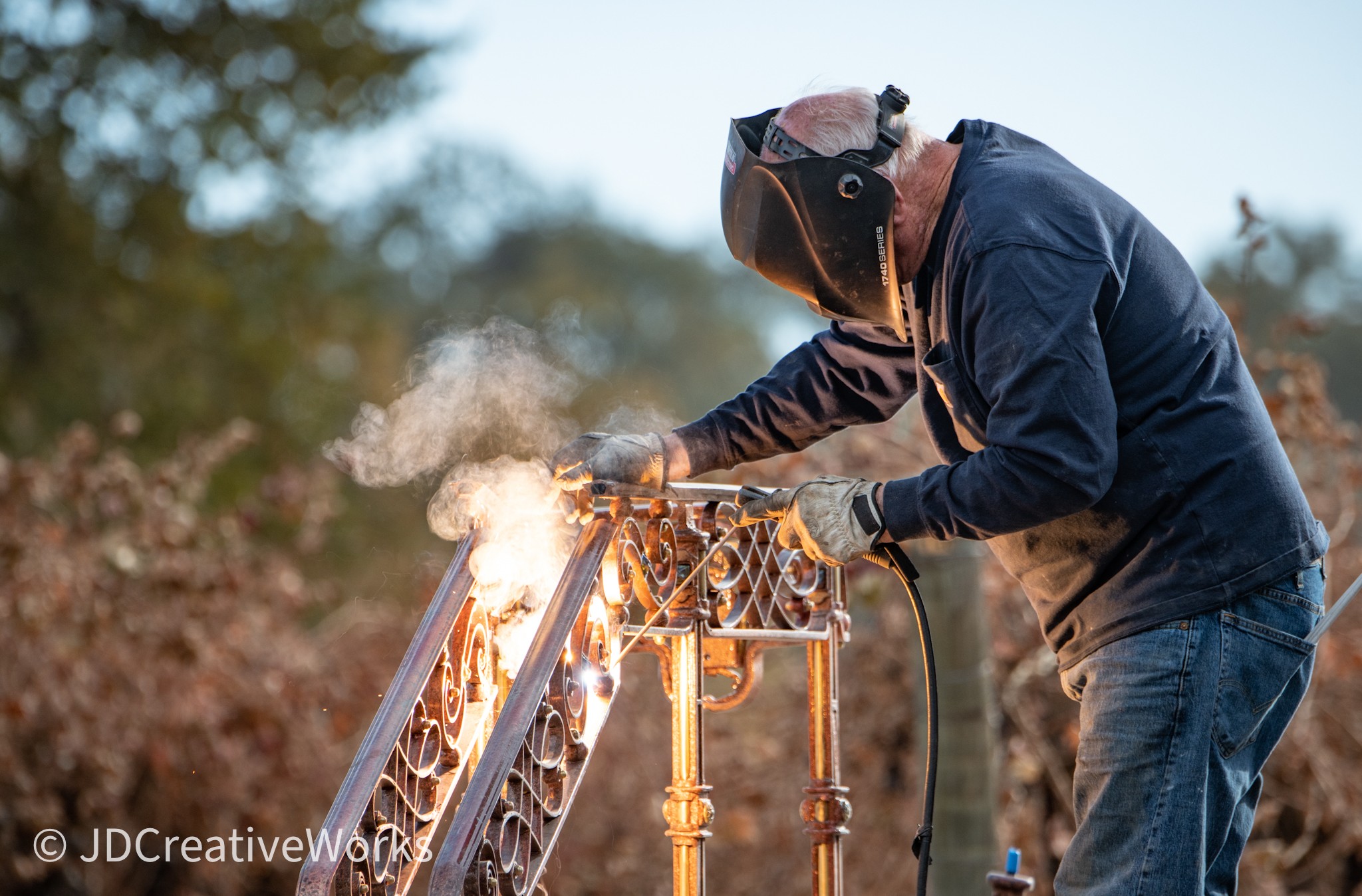
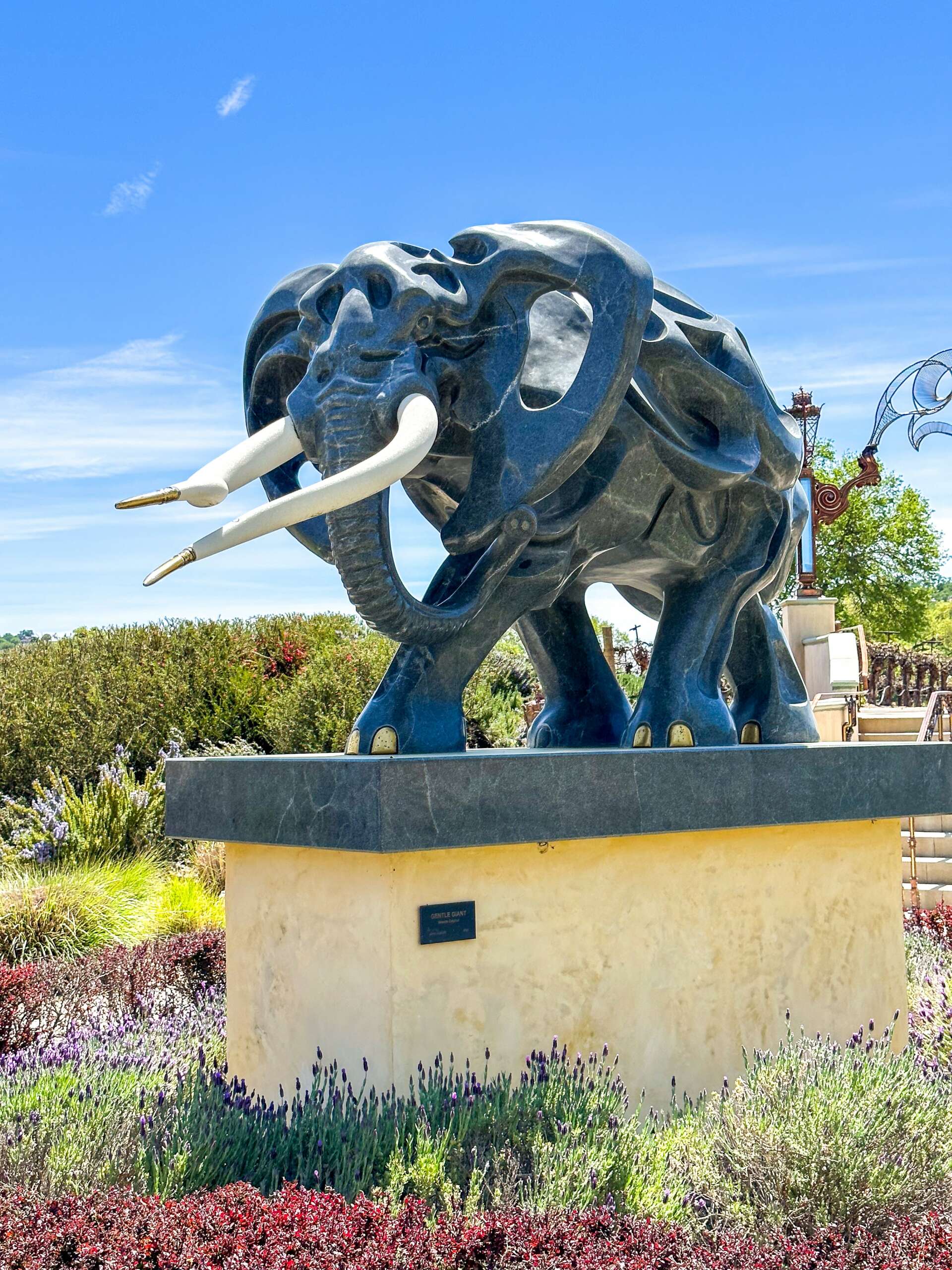
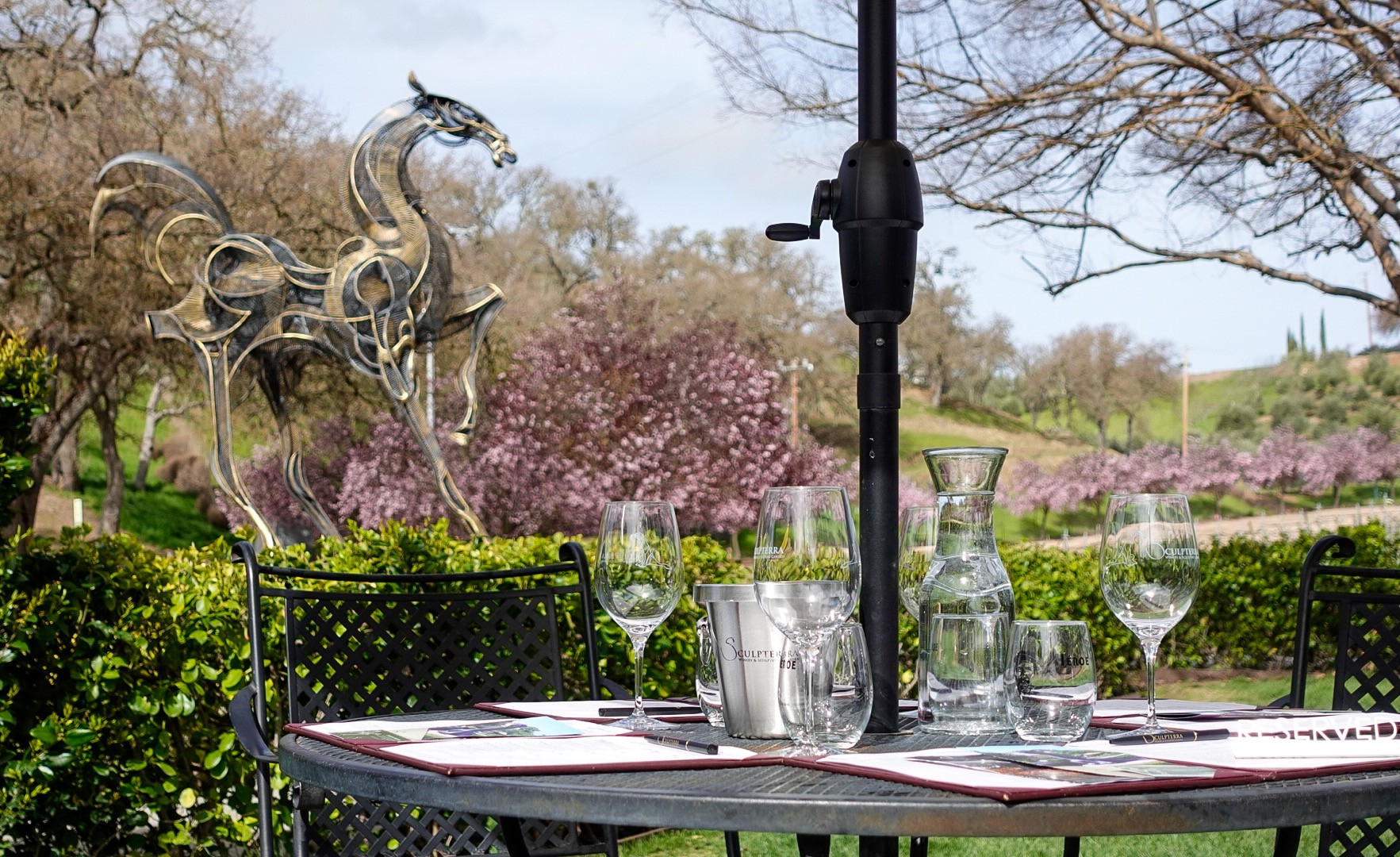
Can you share a story from your journey that illustrates your resilience?
The harvest is such a WILD time, it’s hard to find any rest and it always feels like the work will never end. Certainly, I’ve learned that you have to take it one day at a time and you cannot focus on all the grapes being harvest, but just take it one lot at a time, one project at a time and focus on each job at hand. Rain is a severe problem during the harvest. Rain can wreck the fruit, create molds and rot, and can even lower the sugar content of the grape. Also, after a rain event, it can be nearly impossible to harvest due to wet conditions. This was the case in 2022 when, during the middle of harvest, we saw rains coming in the weekend forecast! Rain can be very harmful to our Syrah grape, which is susceptible to issues after rain, so I made the decision to harvest it earlier than expected, and we harvested all day and night on a Sunday. Typically, myself and the workers do not harvest on Sunday, so we can go to church and have a day of rest, but sometimes you just have to work and work day and night if need be. I called the pickers and got the tractors, bins, and lights to harvest 17.5 tons by hand starting Sunday afternoon and going into Monday morning. I transported the grapes in picking bins to the winery and placed them under cover. Praise God, the rain held off till Monday at 5:00 am when we were completely picked clean! We processed the fruit Monday morning, destemming, crushing, and fermenting the grapes in a tank. The wine came out excellent, and I was so grateful we got the grapes off the vines when we did.
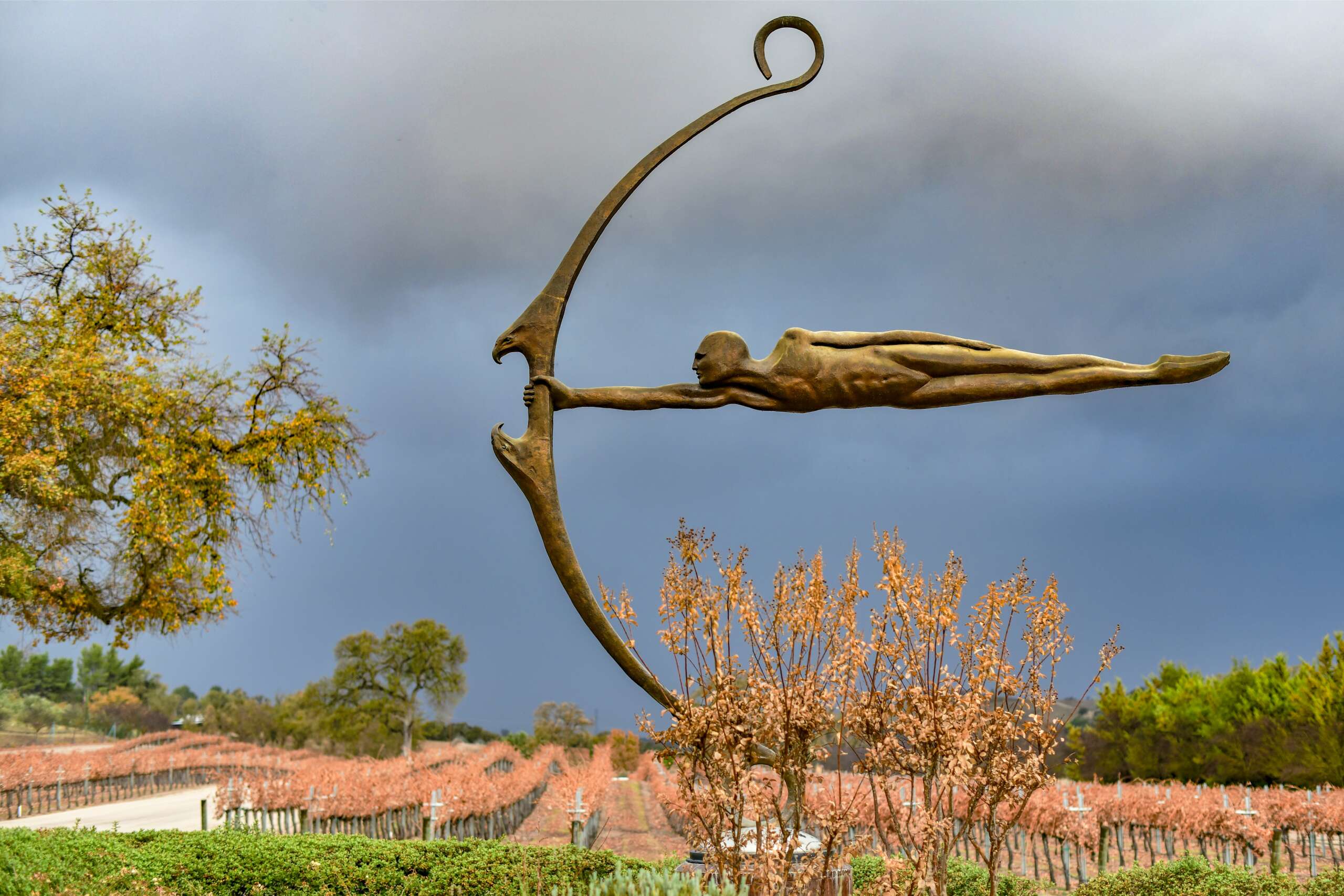

How about pivoting – can you share the story of a time you’ve had to pivot?
What a great question; one of the keys in winemaking is the ability to pivot and change “on the fly” when necessary. This past year, 2023, I was given the opportunity to hand-harvest FREE grapes from a small backyard vineyard in Templeton, California. The owner and vineyard caretaker of the property contacted me and said, “If you pick ’em, you can have them.” So, I went for it and made plans to harvest the small crop. The grapes were Primitivo, which makes sense because, at Sculpterra, we grow 10 acres of Primitivo; my thought was to blend our fruit with Malcom’s, knowing that Malcom’s fruit would be less ripe than mine own, and that’s exactly what happened. The 2023 harvest was a late one, later than I anticipated, making my original plan to pick the blocks together impossible. I was now concerned that Malcom’s fruit may never fully ripen. The only Primitivo grapes I had left to pick was the Primitivo for PORT wine; those grapes were raisining on the vine and super sweet, much too sweet for dry red table wine. After tasting Malcom’s fruit, it was clear that his fruit was underripe, but maybe I could pick them and combine them with some of the overripe Primitivo Port grapes. So, I devised a plan to harvest my 8 tons of Primitivo Port grapes that same day I picked Malcom’s Primitivo; that way, I could add some of my Port grapes to Malcom’s and counteract the sugar imbalance.
The other issue was I had no workers left, and everyone was busy picking the final Primitivo Port grapes, leaving me no one to pick at Malcom’s. So, I called my family, my Wife and Son, and I loaded up in my pick-up truck, and we hand-harvested Malcom’s fruit with my “skeleton” crew. It was a blast, and my family and I loved the experience. We returned to the winery with 1,000 LBS of Malcom’s Primitivo, and I quickly figured out how much use some Primitivo Port fruit to co-ferment, adding them together that same day! The wine came out as one of the best produced that year, and I am bottling it under our RESERVE Primitivo label.
Contact Info:
- Website: www.sculpterra.com
- Instagram: @sculpterra
- Facebook: @sculpterra
- Yelp: https://www.yelp.com/biz/sculpterra-winery-and-sculpture-garden-paso-robles?osq=sculpterra
Image Credits
Christine Moon, Darren Brown


